


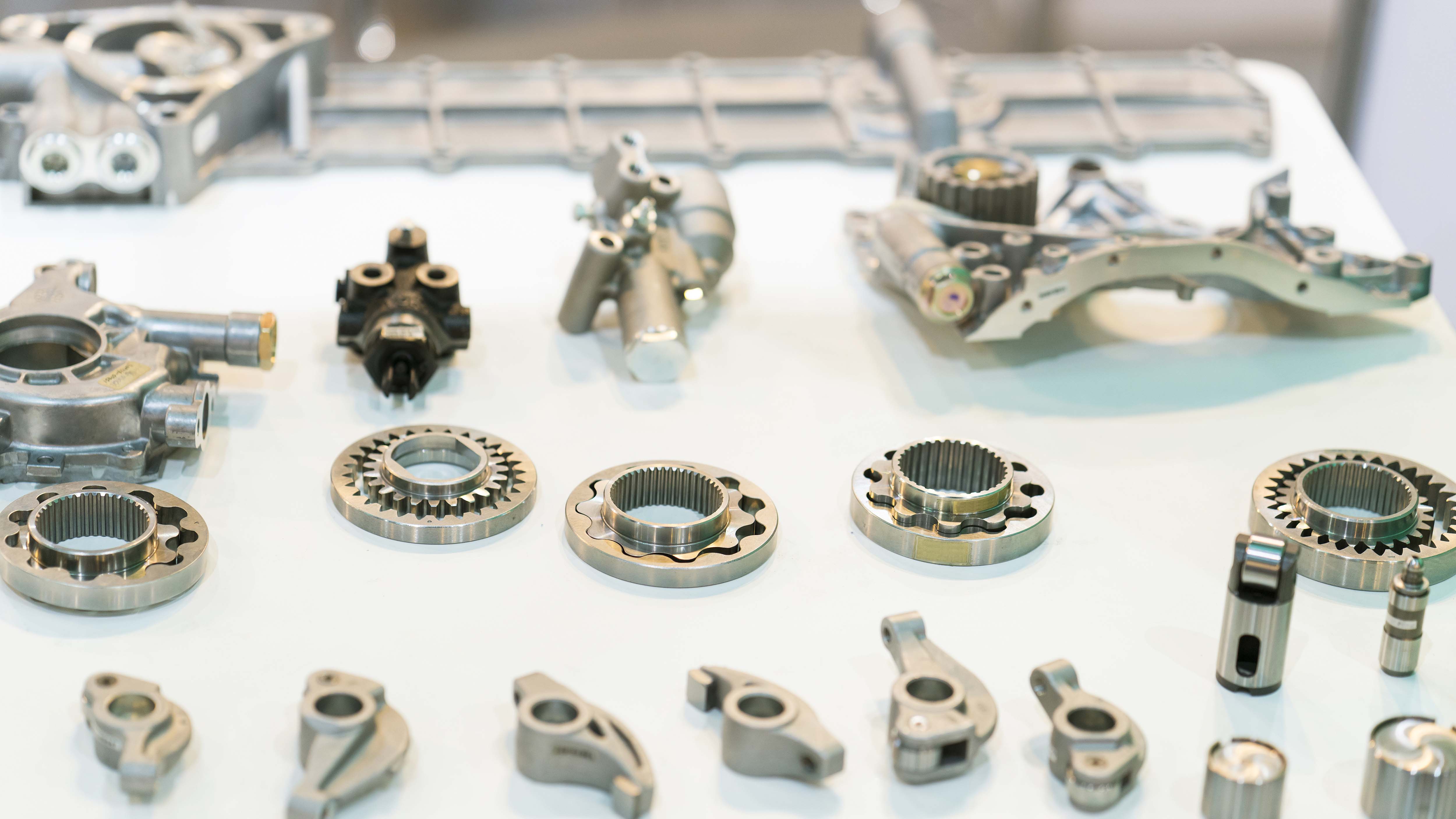
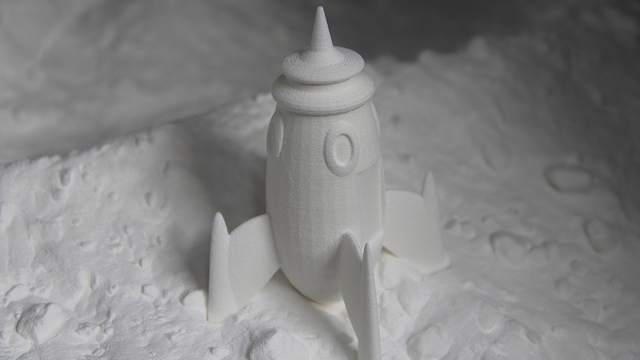
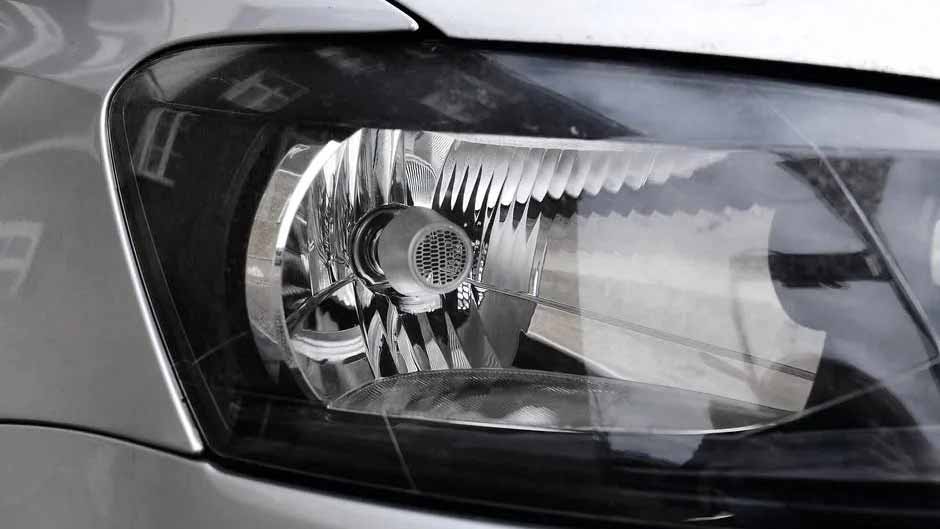
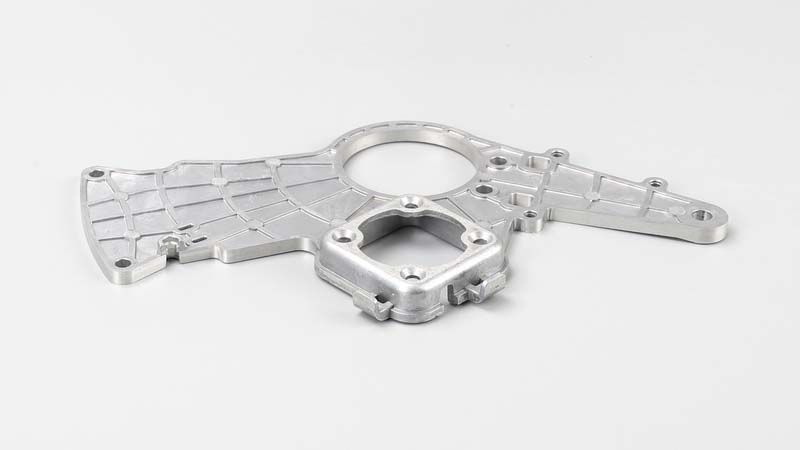
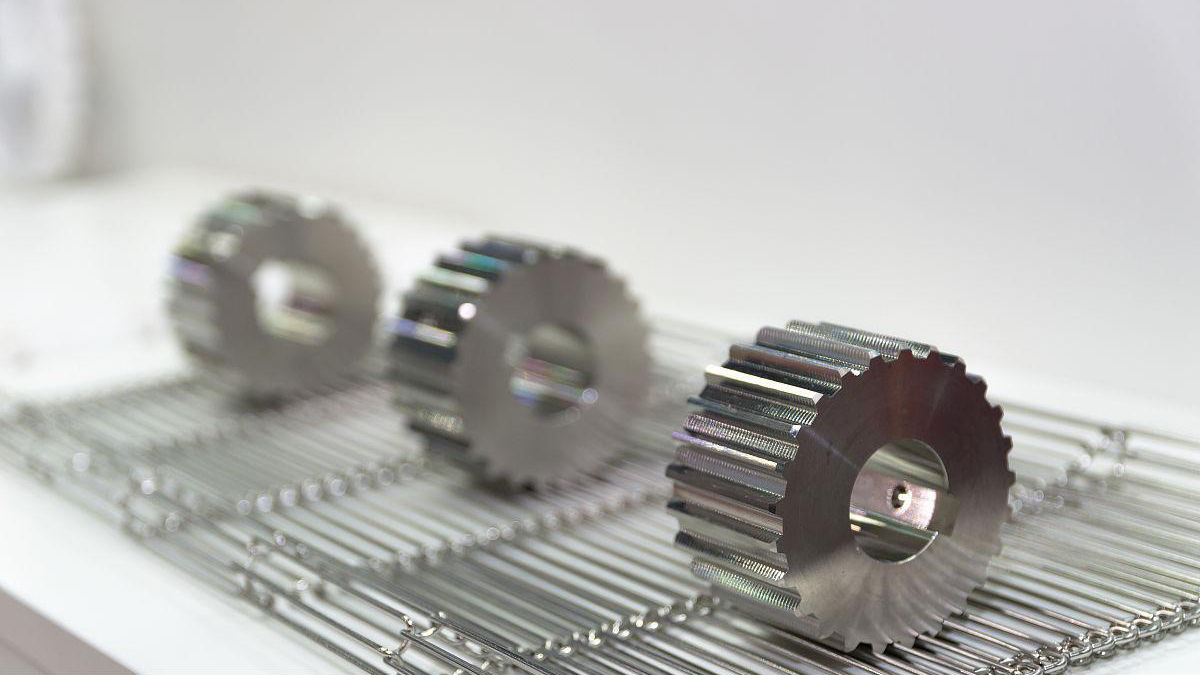
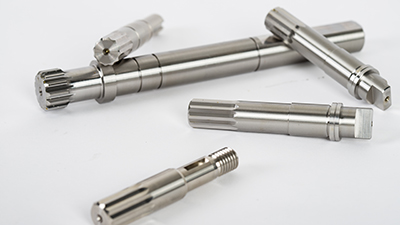

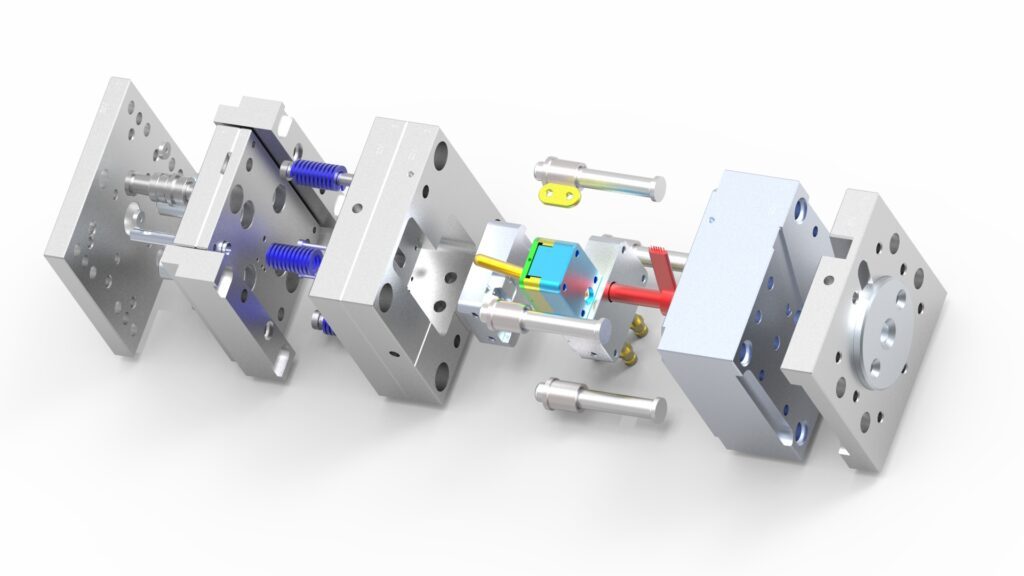
1. Executive Summary
Manufacturing is the systematic process of
transforming raw materials, components, or parts into finished goods that meet
a customer's expectations or specifications, typically on a large scale. It is
the backbone of modern society, encompassing a vast range of activities from
handicraft to the use of sophisticated machinery and robotics. The term is
derived from the Latin words manu(hand) and factus(made), reflecting
its historical roots, but today it represents a highly complex,
technology-driven sector of the economy.
2. Core Principles & Key Characteristics
The fundamental
principle of manufacturing is to add value. By
processing and assembling raw materials, the resulting product becomes more
useful and valuable than the sum of its individual parts.
Key Characteristics:
3. Primary Manufacturing Processes
Manufacturing
processes can be broadly classified into three main categories based on how
material is shaped:
1. Forming Processes (Shaping Material)
These processes shape material by deforming
it without adding or removing any material.
2. Subtractive Processes (Removing Material)
These processes create a part by removing
material from a solid block (blank).
3. Additive Processes (Adding Material)
These processes build parts layer by layer
from digital models.
4. Assembly & Joining Processes
These processes combine separate components
into a single product.
4. Key Manufacturing Systems & Philosophies
|
System/Philosophy |
Description |
|
Mass Production |
The production of large quantities of
standardized products, often using assembly lines. Focuses on low cost per
unit. |
|
Batch Production |
Manufacturing a group (batch) of identical
items. Equipment is cleaned or reconfigured between batches for different
products. |
|
Job Shop Production |
A facility that handles custom,
small-volume production. It is characterized by general-purpose machines and
high flexibility. |
|
Lean Manufacturing |
A systematic method for waste minimization
without sacrificing productivity. Waste is anything that does not add value
to the customer. |
|
Just-in-Time (JIT) |
An inventory strategy where materials and
components are delivered exactly when they are needed in the production
process, reducing inventory costs. |
|
Automation & Robotics |
The use of control systems and robots to
operate equipment with minimal human intervention, improving speed,
precision, and safety. |
|
Computer-Integrated Manufacturing (CIM) |
The use of computers to control the entire
production process, integrating design, planning, machining, and management. |
5. The Product Lifecycle in Manufacturing
6. The Evolution: Industry 4.0
Industry 4.0 refers
to the current trend of automation and data exchange in manufacturing
technologies. It is characterized by:
7. Advantages and Importance
8. Challenges
Conclusion
Manufacturing is a dynamic and essential
field that has evolved from manual craftsmanship to a high-tech, integrated
discipline. It is not merely about making things but about doing so
efficiently, sustainably, and intelligently to meet the world's ever-changing
needs. The rise of Additive Manufacturing and Industry 4.0 is revolutionizing the sector, paving the
way for more customized, agile, and interconnected production systems.